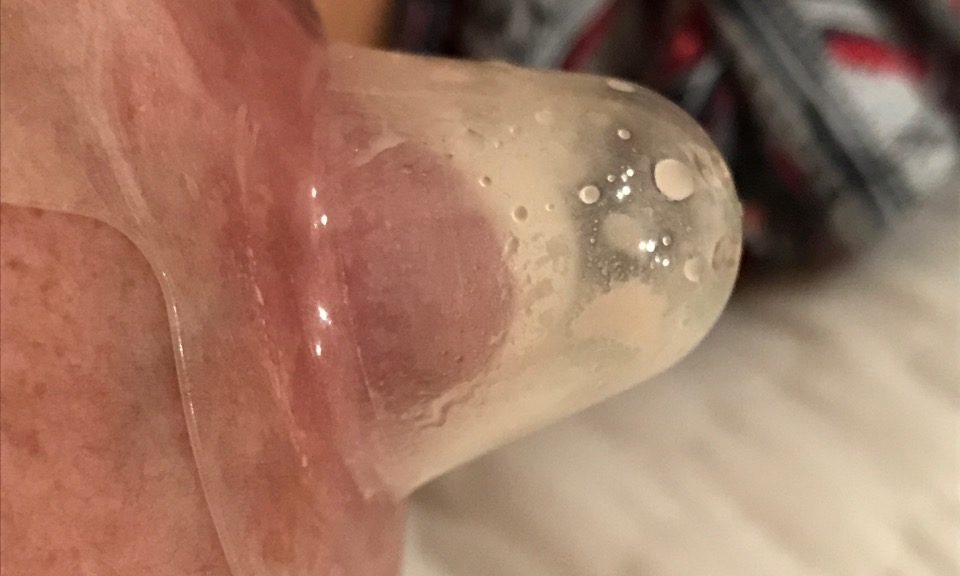
Milk production in women who use nipple shields during lactation
Recently, a study on the use of nipple shields in women with persistent nipple pain has been published. The study led by Dr Sharon Lisa Perrella, MD, has been published in the journal JOGNNN and under the title “Breast Milk Production in Women who use Nipple Shields for persistent nipple pain”.
The article focuses on understanding the association between the use of nipple shields and milk production. It starts from the hypothesis that pain could decrease the ejection reflex and as a consequence contributes to insufficient milk production. The researchers justify this hypothesis with a reference from 1948, which included research carried out on one single woman. In this study, the authors also suggest, that persistent breast pain may decrease the frequency with which the mother offers the breast to the infant. The researchers note, that women with persistent nipple pain may abandon breastfeeding, at least exclusively.
The study included 25 women and was divided into two groups: women who used nipple shields for persistent nipple pain and women without pain or breastfeeding difficulties. The article does not specify the number of participants in each group.
They assessed the volume of milk produced during 24h by weighing the baby before and after each feed or, if they expressed milk, by weighing the breastmilk output before and after expression. The pain level was assessed in two ways: with the Visual Analogue Scale (VAS) and the Brief Pain Inventory-Short form. Finally, the percentage of milk remaining in the breast after feeding or pumping was also measured, by determining the fat content of a milk sample taken before and after feeding or pumping.
The study found no relationship between the intensity of nipple soreness with milk production during 24h in women frequently using nipple shields, nor in the duration of their feeds or pumping sessions. However, nipple soreness was related to a lower frequency of feeding sessions and a lower milk intake in 24h.
The results of this study must be interpreted with great care, as it presents errors in the methodology that could interfere with the results. For example, the measurement of the volume of milk produced in 24h by weighing the infant is not accurate and could bias the results. In addition, the mean age of the infants was 6 weeks and the fact that the mothers had to weigh the infants before and after each feeds for 24h could alter the normal frequency of feeding sessions. It would have been more interesting to evaluate the infant’s weight gain over a period of time and the mother’s satisfaction with the use of the nipple shields.
On the other hand, the technique used to assess the amount of remaining milk in the breast is not universally agreed on and reference values are not well established.
There is a great need to create evidence and research on breastfeeding, but a certain scientific rigour must be ensured.
Reference
Coentro, V. S., Lai, C. T., Rea, A., Turlach, B., Geddes, D. T., & Perrella, S. L. (2022). Breast Milk Production in Women Who Use Nipple Shields for Persistent Nipple Pain. Journal of obstetric, gynecologic, and neonatal nursing: JOGNN, 51(1), 73–82. https://doi.org/10.1016/j.jogn.2021.09.005